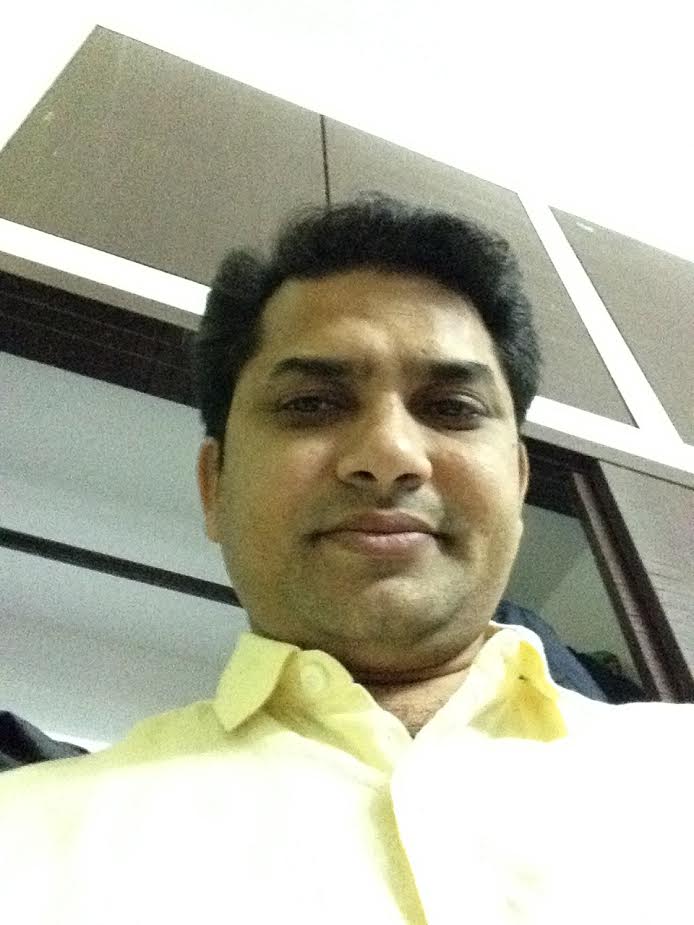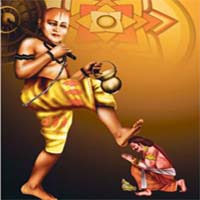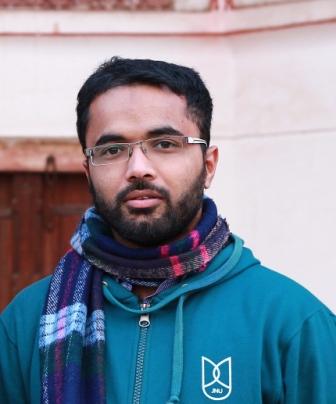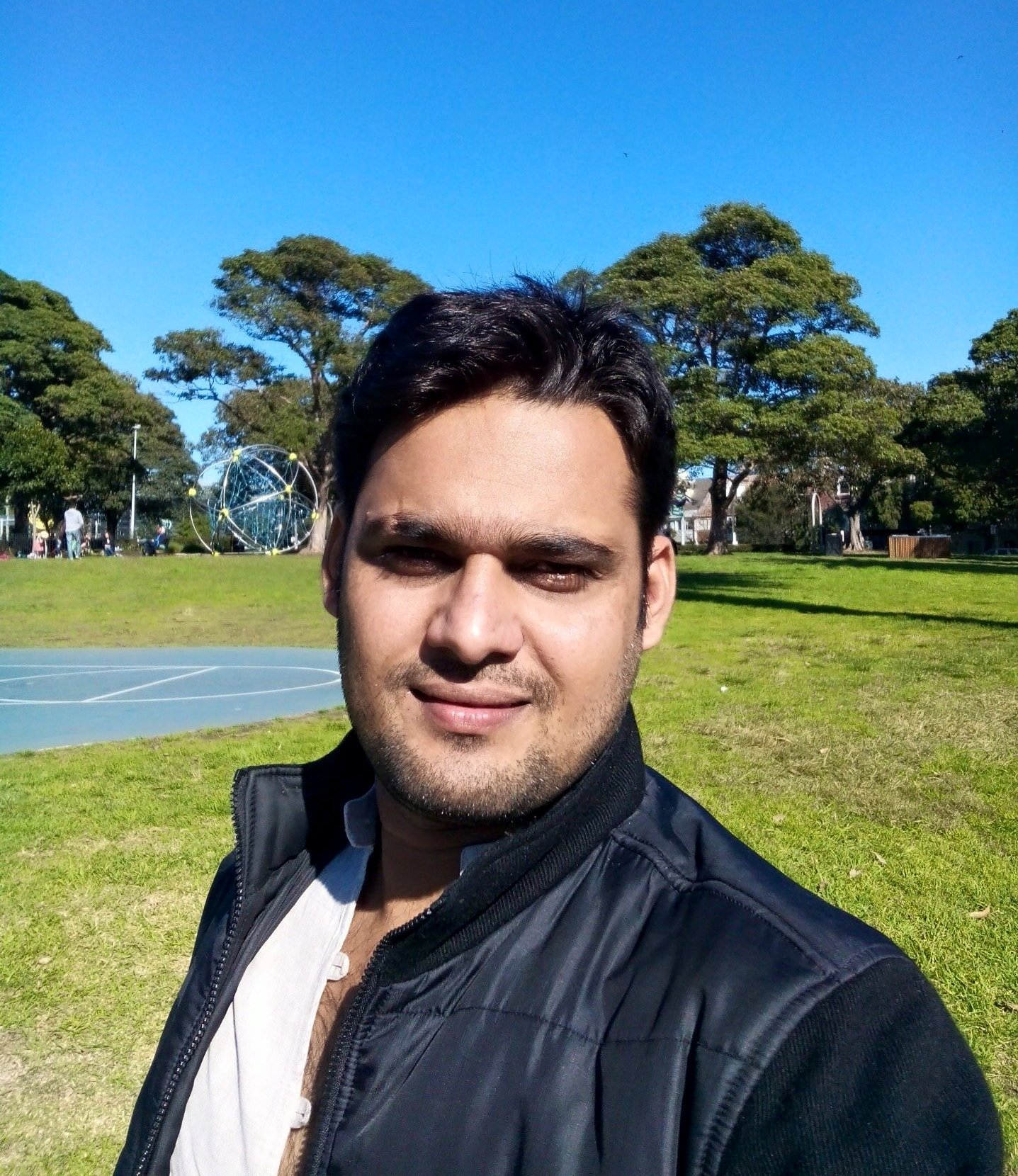Rajunayak Vislavath
 This is in response to a recent Facebook video that went viral. What you see in the video is that of a Dalit student getting brutally beaten up by upper caste students. In the beginning, it was not clear where it happened but after a couple of days, people came to know that it happened in Muzaffarpur, in the state of Bihar in India. It happened in a Kendriya Vidyalaya (a school run by the central government of India). The boy who is getting beaten up is a student of 12th standard. When the television channel NDTV asked him about it, he replied: “You see, I am a Dalit and so doing well in the examinations or academics, which brings me praise at home, earns me humiliation and abuse in my classroom,” the boy said in his letter to NDTV. (The content of the letter is posted on the last page of this article.) This incident raises many questions such as whether the Scheduled castes and Scheduled tribes (SC/STs) have enough space in India to excel in the field in which they prefer to be or they need to be like as they were in olden days.
This is in response to a recent Facebook video that went viral. What you see in the video is that of a Dalit student getting brutally beaten up by upper caste students. In the beginning, it was not clear where it happened but after a couple of days, people came to know that it happened in Muzaffarpur, in the state of Bihar in India. It happened in a Kendriya Vidyalaya (a school run by the central government of India). The boy who is getting beaten up is a student of 12th standard. When the television channel NDTV asked him about it, he replied: “You see, I am a Dalit and so doing well in the examinations or academics, which brings me praise at home, earns me humiliation and abuse in my classroom,” the boy said in his letter to NDTV. (The content of the letter is posted on the last page of this article.) This incident raises many questions such as whether the Scheduled castes and Scheduled tribes (SC/STs) have enough space in India to excel in the field in which they prefer to be or they need to be like as they were in olden days.
Based on several incidents like the one narrated above, it seems that a dubious idea of nationalism associated with upper caste Hindu identity is on the rise. Long-term activism by leaders of lower caste people such as Savitri Bai Phule and Baba Saheb Ambedkar was partly successful in making marginal sections coming to schools, colleges, and universities. Scholars from marginal communities started writing and, as a result, challenging the dominant narrative of their experience and their perspective. This has become an indigestible narrative for extreme nationalists who believe in caste-based hierarchies.
Merit works in two ways in the upper caste mind. If SC/STs get a job they say that they got it because of “reservation” and look down upon them. It is important to pose a question to the “the privileged upper caste reader”: how many of you do not think in this way? Answer honestly. When somebody gets an open category Ph.D seat the usual reaction is, “Oh! You got in open category?” The internal attitude associated with this outward reaction must be animosity and, at best, condescension. Members of the Dalit and Adivasi communities also wish they could be treated like others, being complimented for their accomplishments and spoken to with directness and compassion in other contexts. The basic point is that they also wish to be treated just like others in the classroom. It is time for the country to think. Why do some children from privileged castes have so much hatred on the socially and economically deprived lower caste children? To me, it appears to be an arrogance, which they develop because of their internalized caste pride. Whereas marginal communities life itself is a struggle and it is for their existence in the caste-ridden society. The key question here is the source of the pride that forms the personalities of upper caste children. To address this question one needs to go deeper into the caste based society of the India.
Generations of the SC/ST suffered the humiliation of upper caste and still it continues. The language of this domination has not changed yet. People who say that there is no caste in India need to justify their claim. In India, you hear people talking about their caste pride at home. Children from dominant castes get an unreasonable sense of self-confidence and this helps them significantly in being successful in society. Most of the times caste based ideas are acquired at home. Let us take the example of vegetarianism. When children of privileged caste parents ask, why they do not eat non-vegetarian food, the immediate response would have often to do with the superiority of people who do not eat meat relative to the barbarity of the meat-eaters. It is because of reasons like this that caste raises its ugly head in most parts of India today on beefeaters and we are witnessing dreadful incidents currently.
Why did these children from privileged castes beat the Dalit boy in school? Because students from upper castes often think they have some kind of natural right to overpower anybody else in school. Sometimes physical abuse is used and sometimes mental torture. The impact of such torment can even be a suicide. Therefore, regardless of whether you are meritorious or unmeritorious, you can be at the receiving end of such violence. What matters here is, who you are and which caste you belong to. So, they beat up meritorious as well as non-meritorious students from the marginal sections in the country. Moreover, they try to impose their dominance on some other children who are in the same school. Sometimes the violence happens outside the school and unfortunately still Dalit’s, underprivileged, are not allowed to drink water from the bore well, the cycle of violence continues.
Educational institutions are expected to be more secular and should give enough space for all sections of the country. Instead, these spaces are remaining rigid particularly; universities have been hegemonic places for a long time. The marginal communities have not reached university spaces yet. The result of this is that many universities in India continue to be Agraharas. After the late 90s due to reservation slowly people started coming to universities and they started articulating their issues.
In a seminar organised by a prominent central government university, a professor who holds an explicitly regressive position of the denial of the existence of caste says: ” people come with caste certificate and get a job here. These assholes teach you” it is a clear indication of his arrogance and impatience that results from his origins in a real agrahara. In general my point is that humanities professors who should be more sensitive to the centuries-old violence of caste, instead shows vengeance in a public meeting. An important issue raised by an incident like this is the following: what are the possible effects of such rhetoric on the minds of young and impressionable students of privileged as well as the marginalized castes?
Second, there is the question whether these kinds of statements develop harmony or hatred among students in the universities. Students come from various caste backgrounds and again some of the teachers inject same hierarchies in the growing minds. How do we expect that things will change? Statements like the one mentioned above develop hatred among the peer group.
For example, if you look at incidents suicides in Indian universities during the last five years they are increasing day by day. Students are becoming outraged and restless by the existing environment in the educational spaces. So, they are taking extreme steps to end their precious life by committing suicides in the universities, as it is clear from examples such as Rohith Vemula, Mudasir, Pulyala Raju and Krish in JNU. There are also instances of students from minority communities, such as Najeeb of JNU, who go missing from Universities.
Some recent incidents show that political disagreements and minor fights in educational institutions take serious turns and lead to suicides and disappearances. Monitoring bodies of the institution do not seem to be handling these cases with sufficient sensitivity. After the incidents happen, it is disturbing to see how these incidents create a huge uproar for a limited amount of time, but do not lead to social justice for the affected groups in the long term. A case in point is the amount of harassment faced by Radhika Vemula, who lost her son Rohith because of the casteist attitude of a university. The absurdity of the situation becomes evident when we note that all the suffering that Rohith faced in the institution was because he was Dalit and now his mother is accused of furnishing false information about their caste status. Presumably, the attempt from some powerful quarters is to save some influential persons from being charged with SC/ ST Prevention of Atrocities Act. Such incidents go against the idea that schools, colleges, and universities should play a major role in creating just and inclusive structures.
It is incorrect to limit the problem only to universities. It is recognized across institutions all over the country and sometimes pointed out by leaders of mainstream institutions of national importance. For example, the former Navy Chief Ramdas wrote to The Times of India. “The Hinduism I knew and experienced was gentle, inclusive and filled with extraordinary diversity,” writes Admiral Ramdas. Although my personal experience makes me disagree with his claim of the religion’s gentleness and inclusiveness, I recognize his point about the stark instances of violence seen in the public sphere. He went on to write: “Today, as a veteran in my eighties, I am forced to hang my head in shame. Because a fellow Muslim has to prove his or her loyalty, and they are being repeatedly put in a situation where their places of worship are under attack, as indeed their eating habits and other basic freedoms” Just think of these words coming from a retired chief of a respected institution. The least that can be understood from this is that there is a serious problem that needs to be addressed by the state and the civil society The question is how?
One needs to think seriously what is being taught in schools, colleges, and universities and ask if such material is sufficient to sensitize students from diverse backgrounds regarding questions of social justice and equity. Personal, scientific and political goals merge in a quest for truth that would ideally free humanity from dogma. Seen from a progressive perspective, any discourse should help us understand the past and the present better. Learned people read any text — novels, printed literature, and academic material — to gain knowledge about their specific fields or the broader context in which their specific fields are situated. Through this, the reader, speaker, and listener come to an understanding of themselves, their relationship with each other and their place in the world in their budding stage. This is especially true for children in the budding stages of their education. Ideally, it also helps to mould them as citizens of this world. A better understanding of the world imparted by education will help contemporary social existence and social reproduction. In this context, the state should think seriously and discuss the domain of education. Another incident that comes to mind is that of a Dalit student being attacked by a teacher for touching the mid-day meal.
Given the situation in India, it is instructive to look at a recent issue concerning California school textbooks. At present, as the California State Board of Education is revising sixth and seventh-grade history and social science textbooks, questions regarding what can be and what cannot be included are debated. The key issue here is the tension between the dominant discourse of the colonizer and the narrative of the colonized. This offers a model for how one can think of a new syllabus at the national level in India. An attempt should be made to bring in marginal narratives to sensitize children about histories of oppression and marginalization, which should not be repeated. Daily struggles of Dalits, Adivasis, Muslims, women and other vulnerable groups should be dealt with as part of the curriculum. Questions of land and natural resources such as water also become central and should be addressed in the textbooks in relation to these vulnerable groups as they are the ones who are most affected by a shrinkage in resources. Moreover, the teaching community needs to come out and help students understand their fellow human beings through discussion and debate conducted with an attitude of empathy and not through hatred. For the marginalized groups, Ambedkar’s slogan of “Organize, Educate and Agitate” remains as timely as ever.
If you spare some time and try to understand the language of the SC/STs, you would ask yourselves why their expressions are laced with some amount of sorrow. They either speak with a disturbed sense of sorrow or exhaust their breath to silence. This has been happening past several years. If you take the example of Mahasweta Devi’s short story published in Dust on the Road “Chuni Kotal” She was pursuing her masters in Anthropology at Vidyasagar University Medinapur, West Bengal. One of the earlier and relatively well-known cases is of Chuni Kotal, a tribal woman, first woman graduate among her tribe of the Lodha Shavars, who committed suicide on August 16, 1992, due to continuous caste-based harassment and discrimination. In her book review published in Economic and Political Weekly Susie says, “One of the most…disturbing pieces that I have read in the recent times is Mahasweta Devi’s account of the life and death account of Chuni Kotal…failed at some basic level…” Since then what are the measures have been taken in universities in India? Is a question one can ask if you’re collective conscience permits you. Think why still Adivasis and Dalit students continue to live such a grim and hopeless lives even today. It would be wrong to limit it to only students given the scary current situation in India.
Then again and again and again, you sense students make an intense effort, but end up producing mere silence instead of human voices that urgently seek attention and justice. Most often, the system does not allow them to produce anything more than mere silence.
We do not need national museums in the name of the religion and its texts now. We do not need schools to be divided based on the caste. We need to humanize the nation so that the secular and democratic ideals to have the dignified life for all communities in India. My hope is that this happens soon so that we will never again see an incident like Dalit students being physically harmed or being driven to suicide as a result of functioning in cruel or indifferent institutional structures.
~
References
Mahasweta Devi, Dust on the Road: The Activist Writings of the Mahasweta Devi edited with an Introductory essay by Maitreya Ghatak; Seagull books, Calcutta 1997
” ” “Story of Chuni Kotal” Economic and Political Weekly August 29, 1992
Susie Tharu “Chuni’s Story” review in Economic and Political Weekly 1998
Letter to NDTV,
“I am 16 years old, a student of a government school in Muzaffarpur in Bihar.
For the last few days, everyone wants to know why I was beaten so mercilessly and why I kept silent for so long.
Well, I am exhausted and frustrated from repeating my story time and again – for the cops, for my classmates, for the media, which discovered what happened to me because of a video that was posted on social media. Some people tell me it went “viral.”
My father is a teacher. He gave me a name which means “the best” and he wanted me to be better than everyone. So he stayed in our village with my two younger sisters and sent me to live with my maternal grandmother in Muzaffarpur. He wanted me to get good education there. I worked hard, I tried to deliver what he expected of me.
But as I began doing well, my marks, which pleased my father, left me isolated and turned into my biggest ordeal.
You see, I am a Dalit and so doing well in the examinations or academics, which brings me praise at home, earns me humiliation and abuse in my classroom.
You may find this tough to believe, but for the last two years, I was beaten every day by two boys who are brothers – one in the same class as me, the other a year junior. At least once a week, they would spit on my face. My teacher, who I approached for help, was very sympathetic. But he said the boys’ father is a powerful criminal, so the school could not take action against them, and if I filed a complaint, I would be forced to drop out.
I was also worried about what my abusers’ father could do to my family, so I decided to keep quiet.
The video that has now resulted in a police case was, I think, filmed on August 25. One of the boys used to tell me that assaulting me gave him pleasure, so he had it filmed by a student.In this video, you can see him hitting me while I am in my chair. He hits me on my head. I am kicked. I am pulled out of the chair, pinned against a wall. I am slapped on my face. Nobody tries to stop him – or his brother. I am tortured.
My maternal grandfather could not contain himself when he found out about the video and filed a police case. But two-three people have threatened us and said we should drop the case. I have stopped going to school. My final examination is in March.
You tell me, how should I cope and prepare?”
~~~
Rajunayak is an Assistant Professor in Indian and World Literatures Department at English and Foreign Languages University Hyderabad, India. Presently, he is a Post-Doctoral visiting scholar at the University of California, Berkeley, USA.










